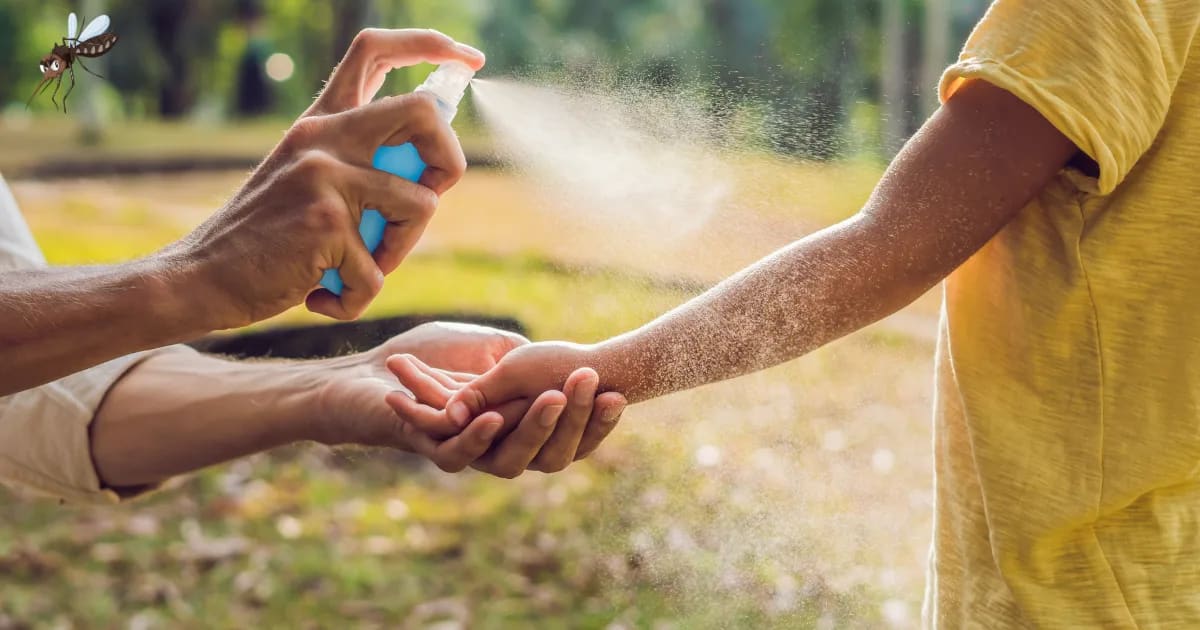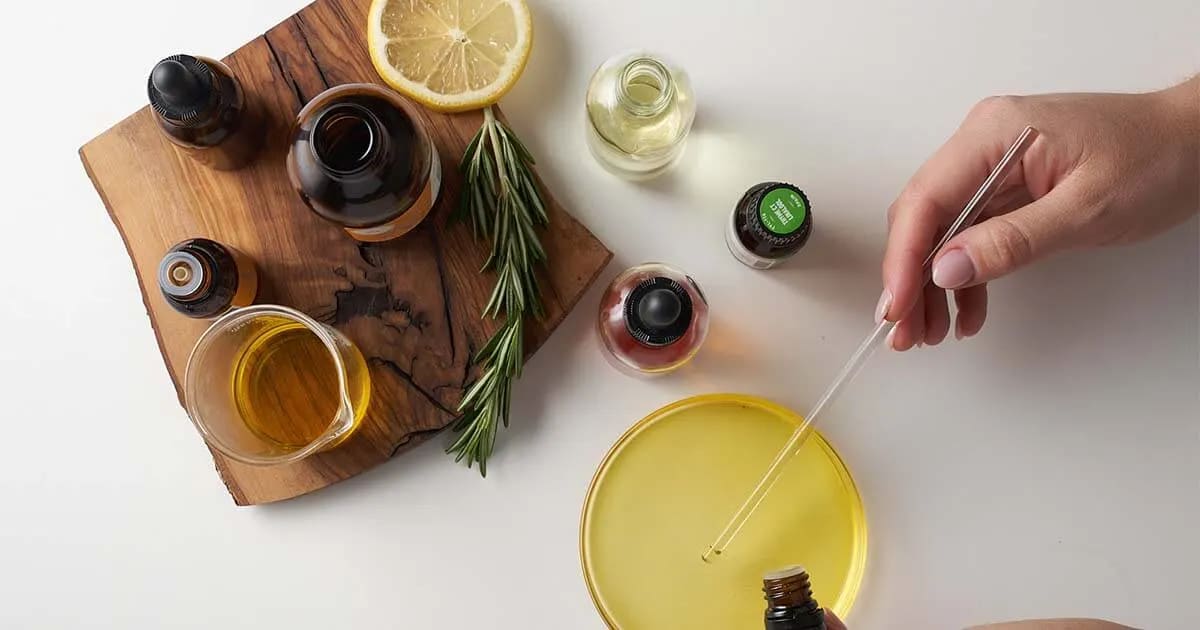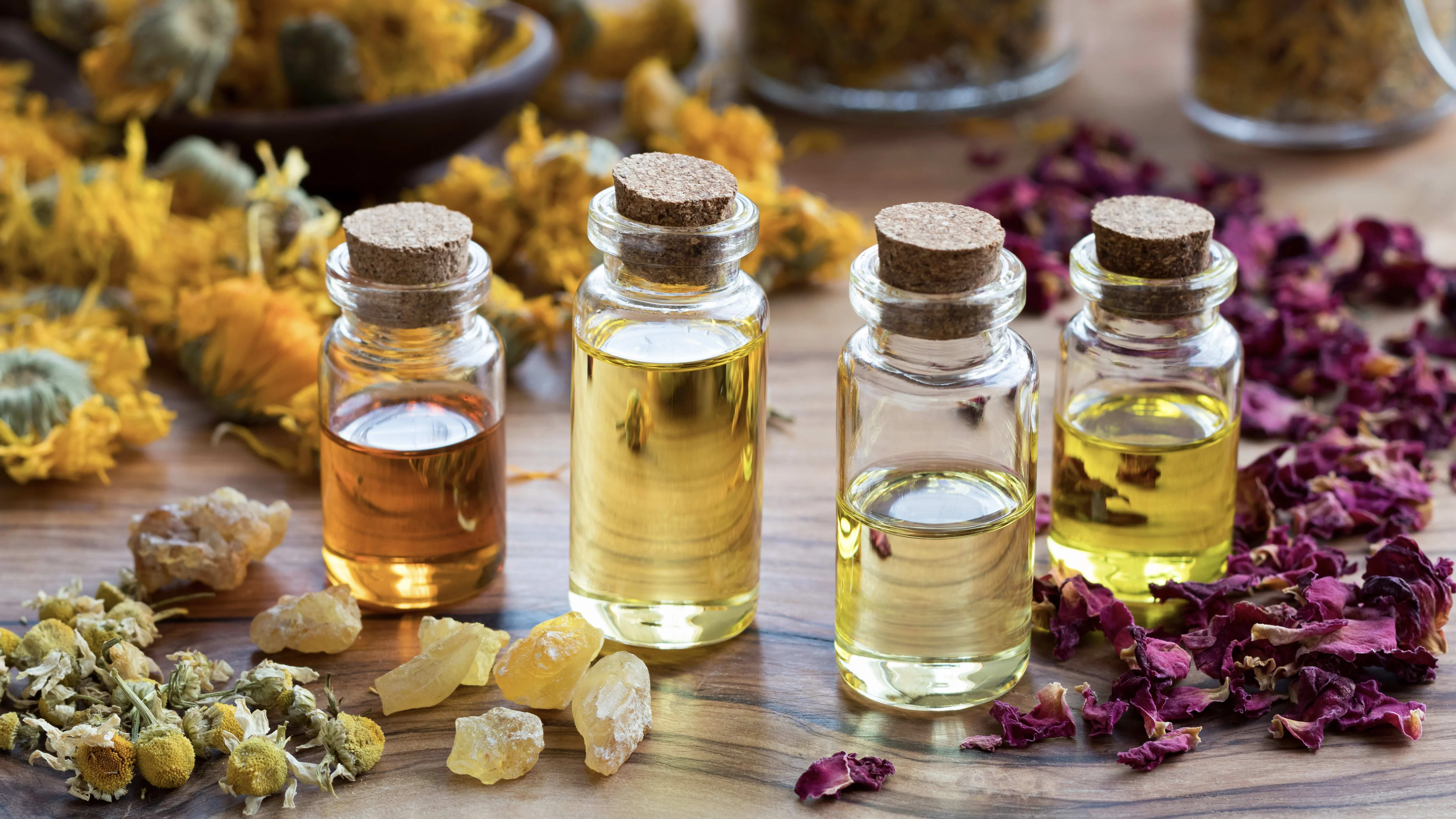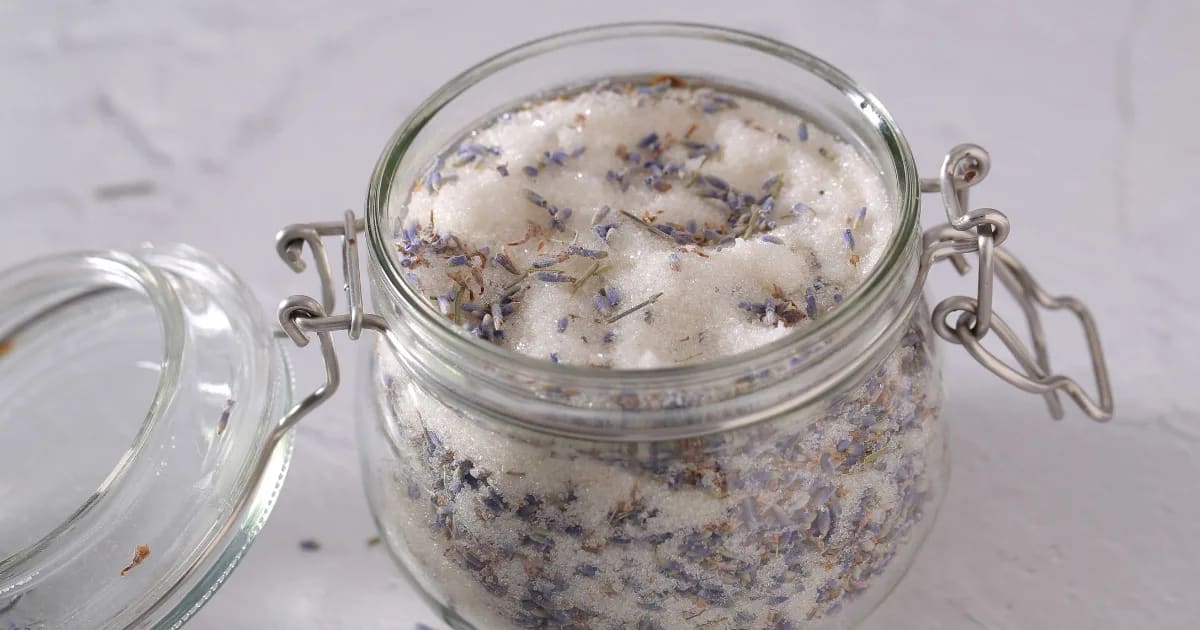3 Natural Bug Repellent Recipes for Different Skin Needs

My Approach to Natural Bug Repellent
A benefit of living in the mountains is that the majesty of nature exists just outside my door. A simple hike can transform my mood, uplifting me and deepening my connection with nature. When I venture out, I make sure to take my homemade bug repellent with me. These tiny creatures play vital roles in our ecosystems . . . but their bites and stings can turn a rejuvenating hike into an itchy ordeal.
Each of us has different skin and different preferences.
Today, you’ll learn how to craft your bug-repellent recipes with your skin’s needs in mind. You’ll discover which essential oils repel bugs, and how to combine them with carriers. You’ll also get three recipes:
A lightweight, fast-absorbing lotion
A decadent bug-repelling body oil
A refreshing mist that’s gentle enough for children
Natural bug repellents need to be reapplied more often than synthetic products, but they work just as well. These recipes not only ward off pesky insects but nourish our skin, enveloping us in the soothing aromas of Earth’s finest botanicals.
Choose Your Bug-Repelling Essential Oils
Several essential oils repel bugs. I’m going to share six of my favorites, which I’m especially loving this year. When I blend with these oils, bugs may fly around my skin...but they don’t land and don’t bite.
Catnip (Nepeta cataria) – The active component in Catnip essential oil is nepetalactone. In a 2019 study, researchers tested nepetalactone and Catnip essential oils and found that both repelled mosquitoes more effectively than DEET.
Patchouli (Pogostemon cablin) – Patchouli is a classic natural bug repellent! The essential oil and its main component, patchoulol, have both been seen to repel a wide variety of insects.
Citronella Java (Cymbopogon winterianus) – Another famous natural bug repeller! Citronella Java essential oil has a softer, more floral aroma than many people associate with Citronella—and it’s every bit as effective at preventing bites.
Peppermint (Mentha × piperita) – The strong scent of menthol (the main component in Peppermint oil) smells refreshing and sweet to us, but it’s too strong for bugs. A study in The Asian Pacific Journal of Tropical Biomedicine found that Peppermint oil repelled up to 100% of mosquitoes for over an hour. Peppermint oil may irritate skin and mucous membranes. Use no more than 10–12 drops per 1 fl oz (30 ml) of carrier. It’s too strong for children under 10, especially for use near the face.
Eucalyptus (Eucalyptus globulus) – Like Peppermint oil, Eucalyptus has a strong, penetrative aroma that sends bugs scurrying in the opposite direction. This is thanks to its main component, 1,8-cineole. Eucalyptus oil is too strong for children under 10, especially for use near the face.
Lemongrass (Cymbopogon flexuosus) – Multiple studies have found Lemongrass oil a powerful deterrent against bug bites. Perhaps that comes as no surprise—it’s from the same plant genus as Citronella Java. Lemongrass oil may irritate skin and mucous membranes. Use only 2–3 drops per 1 fl oz (30 ml) of carrier.
I also like to use these oils to repel bugs in my home! Here are a few tips.
Which Carriers to Use
You can choose to blend with any carrier that you love! I’m going to share the benefits of three of my favorites.
Lotion
Lotions are lightweight, absorb quickly, and offer nourishing moisture to the skin. If you’re concerned about body oil getting on your clothes or furniture, lotion may be the optimal choice for you. It’s wonderful in humid climates (where body oil might feel too heavy), and replenishes skin’s moisture quickly without lingering on the skin for too long.
You can choose any natural lotion that you love. I prefer to work with unscented lotion, so the aroma won’t interfere with the scents of my essential oils.
Carrier Oil
Carrier oils are a luxurious and deeply moisturizing option. Ideal for those in dry climates, or with dry skin, carrier oils offer lasting moisture, creating a barrier that locks in hydration and keeps your skin nourished and healthy.
Because they linger on the skin longer than lotion, the scent of your essential oils may last longer—meaning you may have to reapply your bug repellent less often.
A few examples of carrier oils I like to work with are coconut oil (Cocos nucifera) and Jojoba oil (Simmondsia chinensis).
Hydrosol
Do you prefer a light, refreshing mist to keep bugs away? You’re going to love hydrosols! These are aromatic waters distilled from plants. They’re gentle enough to spray directly on your skin and clothes and are safe enough for children.
Catnip and Peppermint hydrosols are a few of my favorite natural bug-repellent hydrosols.
3 Natural Bug Repellent Recipes
Relaxing Lotion
2 oz (56 gm) Natural lotion
20 drops Patchouli essential oil (Pogostemon cablin)
10 drops Catnip essential oil (Nepeta cataria)
5 drops Lemongrass essential oil (Cymbopogon flexuosus)
You’ll need a 2 oz (60 ml) glass or PET plastic jar.
Blending essential oils into lotion is simple, though you may have to stir for a minute or so before they’re fully blended. Simply drop the oils into the lotion, and use a stirring stick to stir, stir, stir. Reapply once every hour or so.
Want another Patchouli bug-repellent recipe? This one includes aloe vera gel.
Energizing Body Oil
1 fl oz (30 ml) Jojoba oil (Simmondsia chinensis)
7 drops Peppermint essential oil (Mentha × piperita)
7 drops Eucalyptus essential oil (Eucalyptus globulus)
You’ll need a 1 oz (30 ml) glass bottle with a dropper or screw-top lid.
Simply pour your carrier into the bottle, add the essential oils, and shake gently. Reapply as needed throughout the day.
Kid-Friendly Hydrosol Bug Spray
1 fl oz (30 ml) Peppermint hydrosol (Mentha × piperita)
1 fl oz (30 ml) Catnip hydrosol (Nepeta cataria)
Make this recipe in a 2 fl oz (60 ml) PET plastic bottle with a spray-top. Combine your hydrosols, shake gently, and mist yourself all over. You’ll need to reapply this one more often than a body oil or lotion.
This recipe contains Peppermint hydrosol, but hydrosol is gentler than essential oil. It’s safe for children.
My Takeaway
Nature provides us with everything we need, not just to repel, but also to soothe. If you do happen to get a bug bite, you can craft a natural itch stick with cooling oils that numb the irritation. Every step we take toward a natural lifestyle brings us closer to appreciating the delicate balance of the world around us.

References
Ansari, M. A., & Razdan, R. K. (1995). Relative efficacy of various oils in repelling mosquitoes. Indian journal of malariology, 32(3), 104–111.
Klocke, J.A., Darlington, M.V. & Balandrin, M.F. 1,8-Cineole (Eucalyptol), a mosquito feeding and ovipositional repellent from volatile oil ofHemizonia fitchii (Asteraceae). J Chem Ecol 13, 2131–2141 (1987). https://doi.org/10.1007/BF01012562
Kumar, S., Wahab, N., & Warikoo, R. (2011). Bioefficacy of Mentha piperita essential oil against dengue fever mosquito Aedes aegypti L. Asian Pacific journal of tropical biomedicine, 1(2), 85–88. https://doi.org/10.1016/S2221-1691(11)60001-4
Muller, G.C., Junnila, A., Butler, J., Kravchenko, V.D., Revay, E.E., Weiss, R.W., Schlein, Y. (2009) Efficacy of the botanical repellents geraniol, linalool, and citronella against mosquitoes. Journal of Vector Ecology. Jun; 34(1):2-8. Doi: 10.1111/j.1948-7134.2009.00002.x.
Reichert, W., Ejercito, J., Guda, T., Dong, X., Wu, Q., Ray, A., Simon, J.E. (2019) Repellent Assessment of Nepeta cataria Essential Oils and Isolated Nepetalactones on Aedes Aegypti. Sci Rep 9, 1524. https://doi.org/10.1038/s41598-018-36814-1
Sritabutra, D., Soonwera, M., (2013) Repellent activity of herbal essential oils against Aedes aegypti (Linn.) and Culex quinquefasciatus (Say.) Asian Pacific Journal of Tropical Disease Aug; 3(4): 271–276.
Trongtokit, Y., Rongsriyam, Y., Komalamisra, N., Apiwathnasorn, C. (2005) Comparative repellency of 38 essential oils against mosquito bites. Phytotherapy Research. Apr;19(4):303-9. doi:10.1002/ptr.1637. https://pubmed.ncbi.nlm.nih.gov/16041723/
Yi-Xi Feng, Yang Wang, Chun-Xue You, Shan-Shan Guo, Yue-Shen Du & Shu-Shan Du (2019) Bioactivities of patchoulol and phloroacetophenone from Pogostemon cablin essential oil against three insects, International Journal of Food Properties, 22:1, 1365-1374, DOI: 10.1080/10942912.2019.1648508





